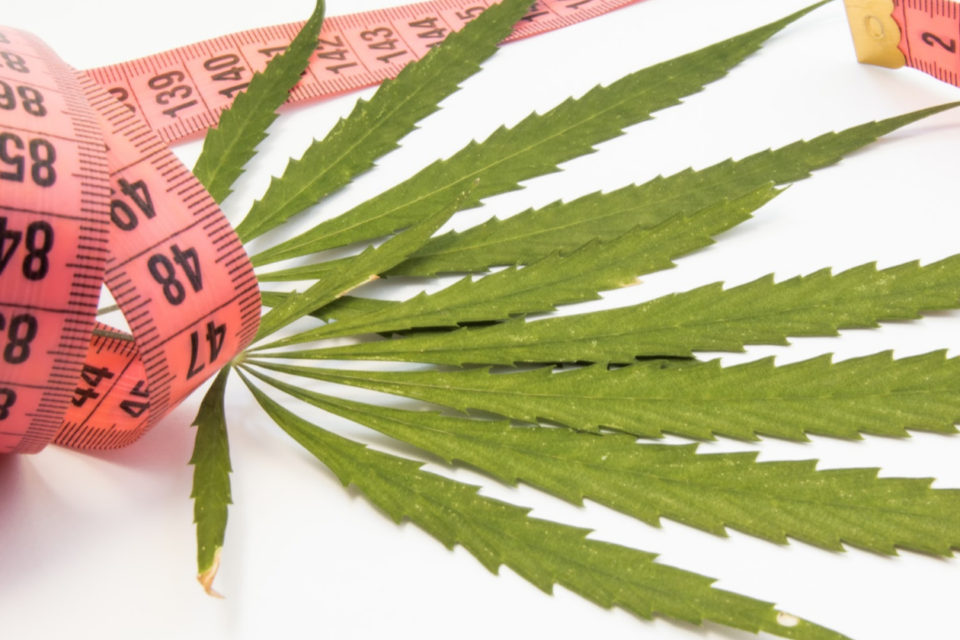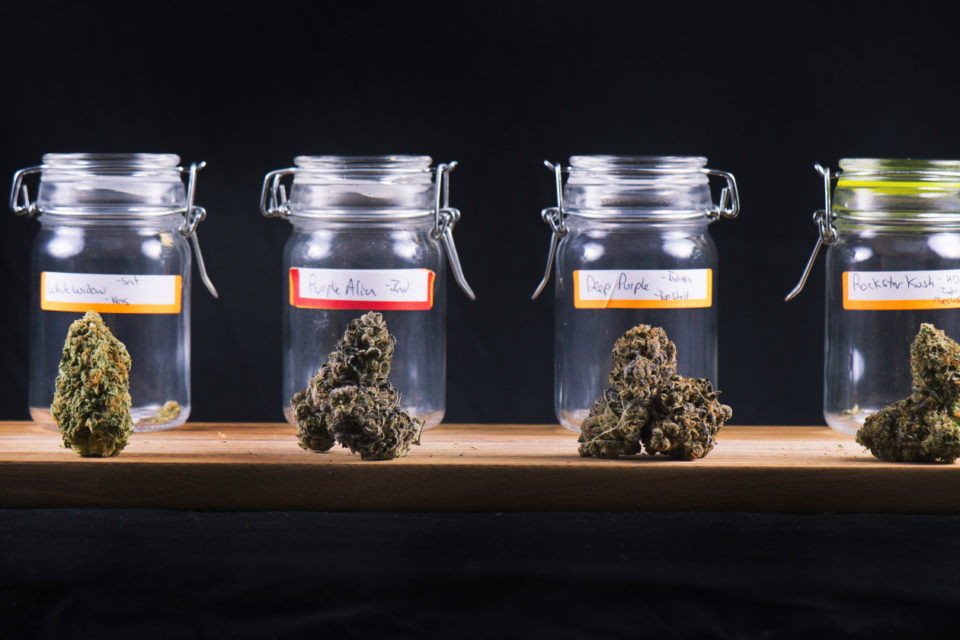Being diagnosed with a condition with a name like wasting syndrome is scary, and can cause a person to lose hope during their health battle. Also known as cachexia, wasting syndrome is a severe condition associated with unintentional weight loss. While there is no cure for cachexia, patients can find hope with the use of medical cannabis. In this article, we will go over what wasting syndrome is and how cannabis can help by easing symptoms and making life more comfortable.
What Is Wasting Syndrome?
Wasting syndrome, also called cachexia, is a condition where a person loses a large portion of weight and muscle mass very quickly as a result of a late state chronic illness. The most common conditions associated with cachexia are cancer, HIV, type 1 diabetes, and multiple sclerosis.

When a person has wasting syndrome, they begin to lose weight as an unintentional side effect of their illness. If there is a substantial decrease in muscle mass, the patient will find it difficult to move and can eventually become immobile. Wasting syndrome is most common in cancer patients after they stop responding to treatment, and could be responsible for up to 20% of cancer deaths.
What makes wasting syndrome so challenging to treat is that the weight loss is not solely due to appetite loss, so telling a patient to simply eat more doesn’t always work. The underlying causes of cachexia aren’t well understood, and there is currently no cure.
What are the Symptoms of Wasting Syndrome?
The most common symptoms of wasting syndrome are involuntary weight loss, even with patients that are getting a healthy amount of calories each day. Patients with cachexia not only lose fat, but they also lose a considerable amount of skeletal muscle (the muscle that moves the body).

Patients can also experience a lack of appetite and lose their desire to eat (anorexia). While the lack of appetite can cause specific foods to seem unappealing, patients with cachexia sometimes lose the urge to eat at all. When the physical act of eating becomes undesirable, cachexia progresses quickly, leading to a lower quality of life, loss of function, and eventually death.
Is Cannabis an Effective Wasting Syndrome Treatment?
Most of us have heard the old stereotype about cannabis causing the “munchies,” and research shows this appetite-stimulating effect can help those with cachexia. A 2007 study looked at AIDs patients with wasting syndrome who consumed cannabis orally. They found that it significantly increased the patient appetites, leading to weight gain.

One study involving cancer patients in 2011 found that oral THC consumption helped increase the appetite of patients by an impressive 64%. THC, CBD, and other cannabinoids interact with the endocannabinoid system and can help the body regulate food intake. Cannabis can work with the brain to bring balance to the body and its systems and help it receive and process hunger signals.
It’s important to remember that cannabis isn’t a cure for wasting syndrome, but it can help ease symptoms and potentially slow disease progression. Another benefit of cannabis as a wasting syndrome treatment is its potential to increase energy and lower a patient’s risk of muscle atrophy from lack of movement. Cannabis can also help patients with their mood and relieve the depression associated with chronic illness, boosting their overall quality of life.
If you’re interested in medical marijuana for wasting syndrome, speak to your physician for a recommendation.
Already have a recommendation? Stop by Sunburst Pharm to see what we have in stock or check out our online menu.




